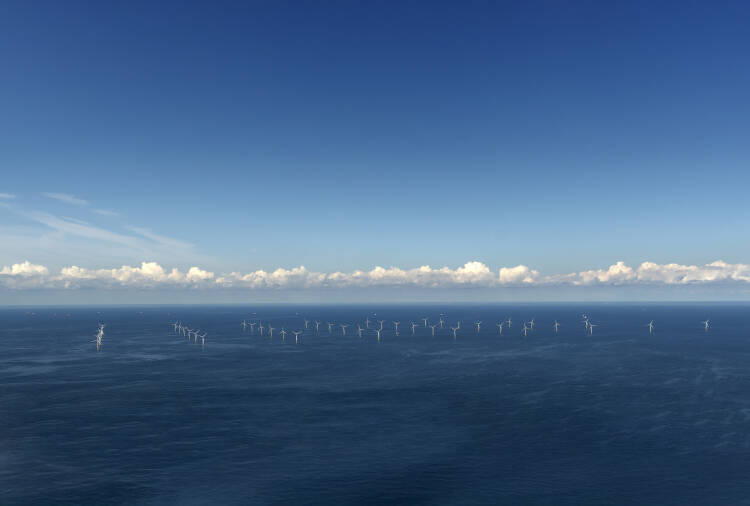December 2024, no. 142
Create a MARIN account to stay updated





Report
A roadmap for multifunctional use in the North Sea
The number of wind turbines in the North Sea is growing rapidly, which is good news for the energy transition, but the North Sea is already pretty full. Shipping, fishing and the extraction of fossil fuels are also taking place there, and new users are already emerging - from floating solar parks to hydrogen production. MARIN, Deltares and TNO, together with interested parties, researched multifunctional usage, such as how they can make offshore wind farms suitable for several users.
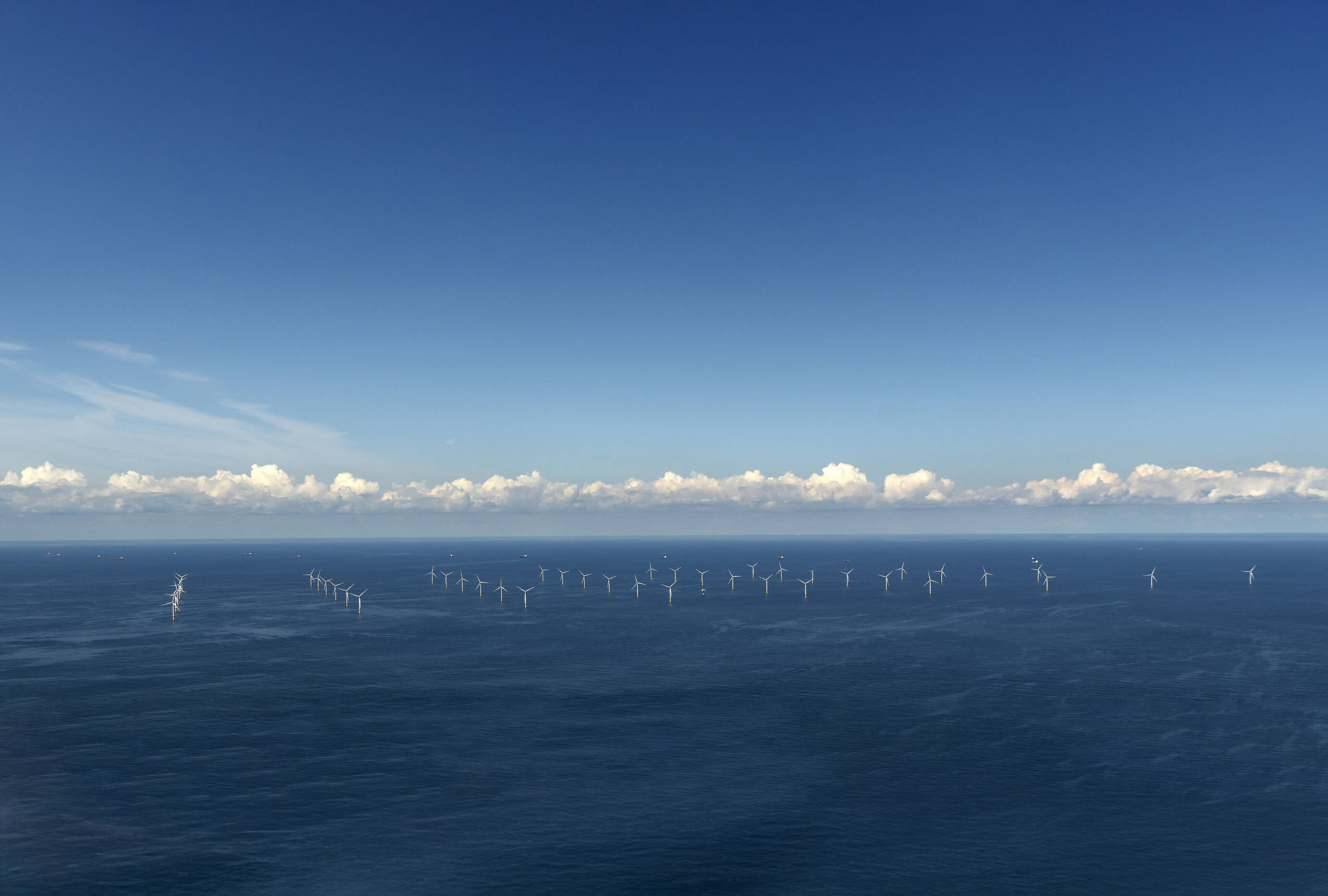
Roadmap
This multifunctional approach or “symbiosis” focuses on the Roadmap for technological advancements needed for Symbiosis Inclusive Design in offshore wind (Road2SID) research project that is coordinated by Deltares. The aim was to draw up a roadmap of the technological and administrative developments needed to combine wind farms producing 22 gigawatts with other uses by 2030, in anticipation of the target of 70 gigawatts by 2050. Other participants were offshore installation companies Boskalis, Van Oord and Seaway7, energy companies Shell and RWE, and the grid operator TenneT.
The roadmap created distinguishes three categories of North Sea “users”: energy, food and nature, and makes recommendations such as clarifying and simplifying conditions for procurement (energy), promoting pilot projects (food), and incentivising open data, for example for ecological monitoring (nature). Jan Willem Wagenaar, TNO project manager, thought the multidisciplinary project was “very complex and ambitious”. “It is quite unique that offshore wind farms are viewed from such a broad perspective. However, it is wise to broaden your gaze.”
Opportunities
It has become clear that multifunctional use also brings about opportunities. For example, floating solar panels would be able to discharge their power using the same cables used by wind turbines. Or new underwater habitats could emerge, such as on the rocks that are dumped around the foundations of wind turbines to prevent currents from eroding sand around the monopiles. “We have noticed crabs, lobsters, starfish and other species heading towards those spots”, says Emmanouil, “so you would be able to see how to design the rocks to create the optimum conditions for such a habitat”.
Good governance
“An unexpected aspect of the study was the importance of governance and policy measures.” says Emmanouil. “Initially we were focused on technology and innovation, but interestingly, we soon discovered that business cases and innovation are often highly dependent on policy. The requirements and goals that are set as a government, determine which technologies are stimulated.”
Wagenaar agrees, commenting: “Regulation is extremely important. For example, if you put in a tender for offshore wind farms that the contractor must reduce negative impact on nature, or must perform monitoring, then that is what happens.” Appropriate, public, standardised information systems are indispensable, as advocated by the roadmap. Wagenaar adds: “On the one hand you want to develop offshore wind energy quickly, but on the other hand you also want to know the ecological impact. So, it is essential to keep a close eye on what is happening by monitoring exactly what happens.”
Close collaboration
Floor Spaargaren, shipbuilding engineer and project manager at MARIN, comments: “Of course, every institute contributes its own specific knowledge. At MARIN, we look at the technical feasibility of vessels and offshore structures, and then focus on how to make them installable so that they do not pose any risks to shipping and are able to last in rough offshore conditions.” “Yet”, she says, “the challenges were more often beyond the institute-specific know-how.” “If you want to evaluate a seaweed farm, for example, you have to consider ecological aspects. That is where we really appreciate collaborations with other parties such as Deltares, which knows all about underwater nutrient flows.”
Given the intrinsic interdisciplinary character, the project was highly dependent on collaborations. Several workshops were also held, not only with project partners but also with other key parties, from environmental NGOs to government representatives, innovators and startups.
“The Dutch perspective on usage of the North Sea has tilted in recent years,” says Antonios Emmanouil, researcher and adviser in the area of hydrodynamics and offshore technology at Deltares. “When the first wind farms were constructed in the North Sea, the fishing industry was compensated so that they could use that space exclusively.” After all, the dragnets could easily damage electricity cables on the seabed, so a spatial separation of users seemed inevitable, he adds.
Seaweed as food
Now that the energy transition is gaining momentum, it is clear that a large portion of the Dutch part of the North Sea will be taken up by wind farms. “So, there is space for a new paradigm,” says Emmanouil. The big question is: how can we, alongside the wind turbines, make space for other uses of the North Sea? This could include other forms of fishing, the cultivation of seaweed as food, or new forms of energy generation: floating solar panels, or tidal and wave energy. Or it could include space for the restoration of nature itself, which is already under considerable pressure.
Floor Spaargaren
Shipbuilding engineer and project manager, MARIN

“The challenges were more often beyond the institute-specific know-how.”
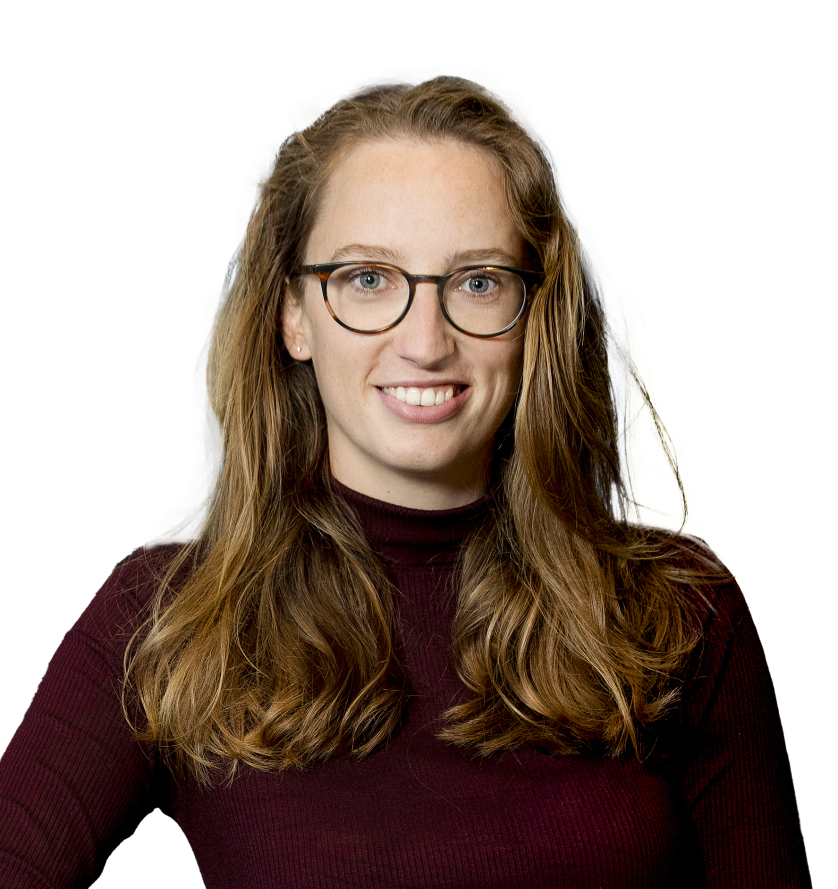
Interested? Contact us to discuss your options
Antonios Emmanouil
Researcher/adviser hydrodynamics and offshore technology, Deltares
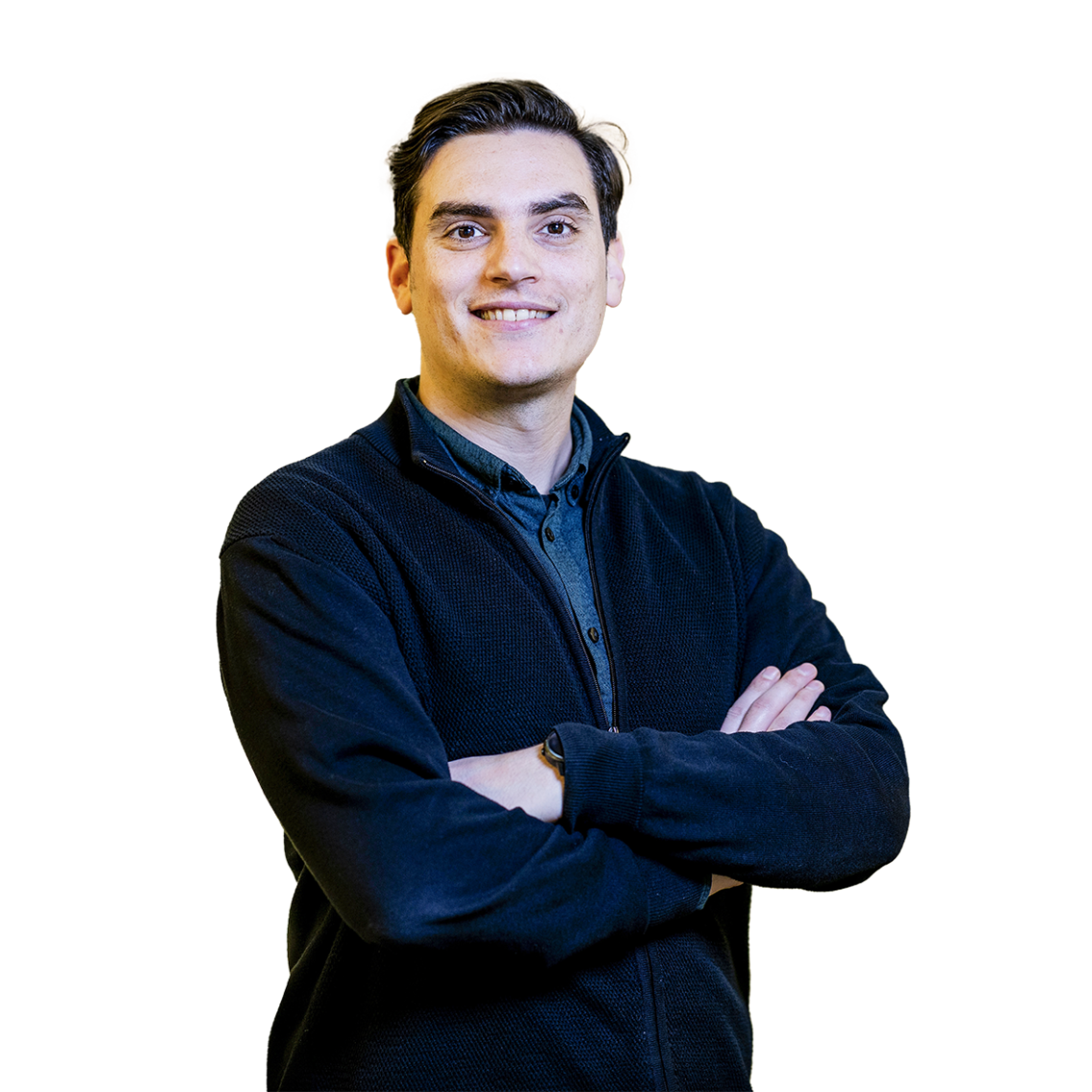
“The Dutch perspective on usage of the North Sea has tilted in recent years.”

More info
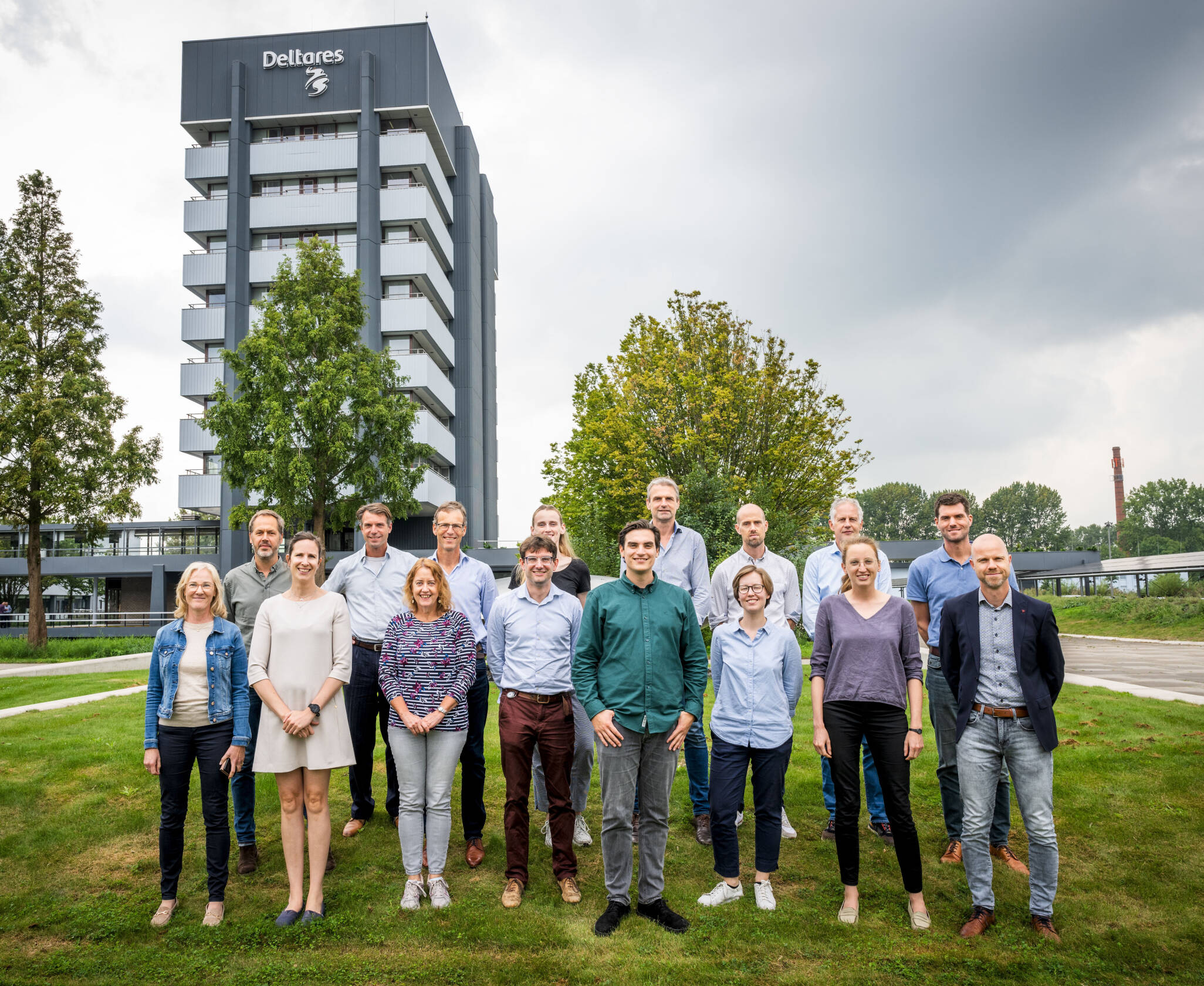
Closure meeting of the Road2SID project at Deltares in Delft with Antonios, Floor and Jan Willem in the front row.
“It is quite unique that offshore wind farms are viewed from such a broad perspective. However, it is wise to broaden your gaze.”

Jan Willem Wagenaar
project manager, TNO
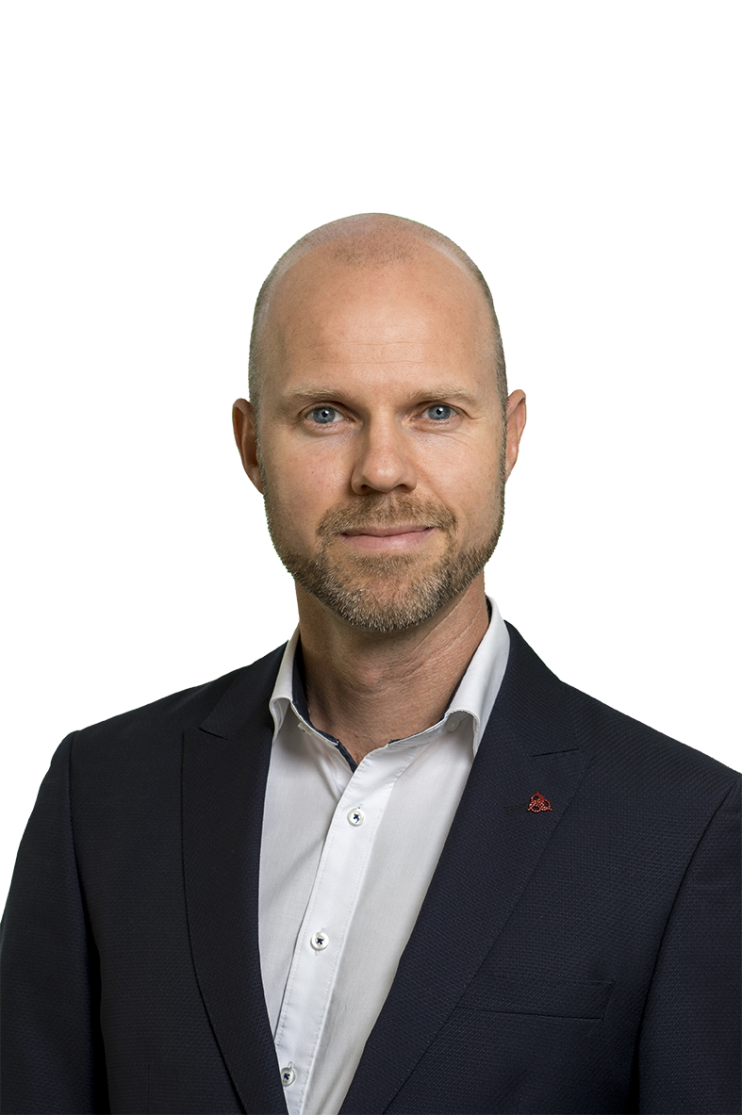
This article was originally published in TO2MORROW, the impact report 2024 of the TO2 institutes TNO, WUR, Deltares, NLR and MARIN.

December 2024, no. 142
Floor Spaargaren
Shipbuilding engineer and project manager, MARIN

“The challenges were more often beyond the institute-specific know-how.”

Opportunities
It has become clear that multifunctional use also brings about opportunities. For example, floating solar panels would be able to discharge their power using the same cables used by wind turbines. Or new underwater habitats could emerge, such as on the rocks that are dumped around the foundations of wind turbines to prevent currents from eroding sand around the monopiles. “We have noticed crabs, lobsters, starfish and other species heading towards those spots”, says Emmanouil, “so you would be able to see how to design the rocks to create the optimum conditions for such a habitat”.
Good governance
“An unexpected aspect of the study was the importance of governance and policy measures.” says Emmanouil. “Initially we were focused on technology and innovation, but interestingly, we soon discovered that business cases and innovation are often highly dependent on policy. The requirements and goals that are set as a government, determine which technologies are stimulated.”
Wagenaar agrees, commenting: “Regulation is extremely important. For example, if you put in a tender for offshore wind farms that the contractor must reduce negative impact on nature, or must perform monitoring, then that is what happens.” Appropriate, public, standardised information systems are indispensable, as advocated by the roadmap. Wagenaar adds: “On the one hand you want to develop offshore wind energy quickly, but on the other hand you also want to know the ecological impact. So, it is essential to keep a close eye on what is happening by monitoring exactly what happens.”
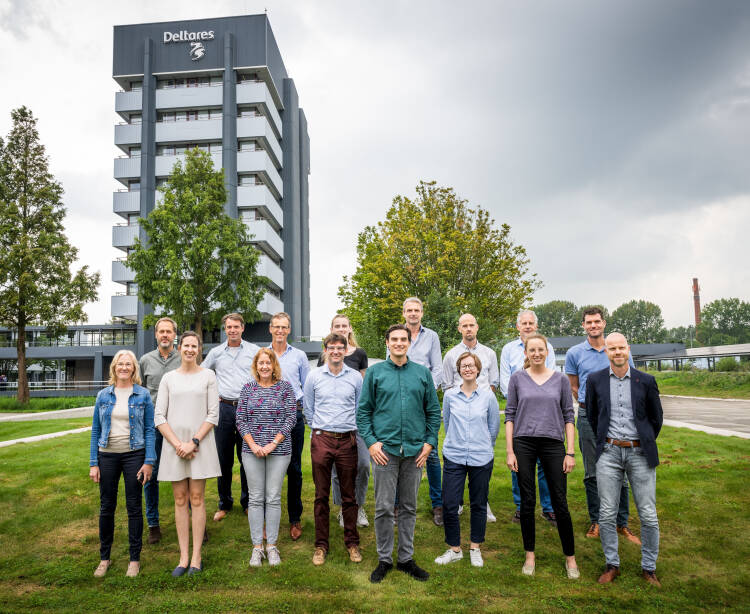
Closure meeting of the Road2SID project at Deltares in Delft with Antonios, Floor and Jan Willem in the front row.

“The Dutch perspective on usage of the North Sea has tilted in recent years.”
Antonios Emmanouil
Researcher/adviser hydrodynamics and offshore technology, Deltares

This article was originally published in TO2MORROW, the impact report 2024 of the TO2 institutes TNO, WUR, Deltares, NLR and MARIN.

Interested? Contact us to discuss your options
“It is quite unique that offshore wind farms are viewed from such a broad perspective. However, it is wise to broaden your gaze.”

Jan Willem Wagenaar
project manager, TNO
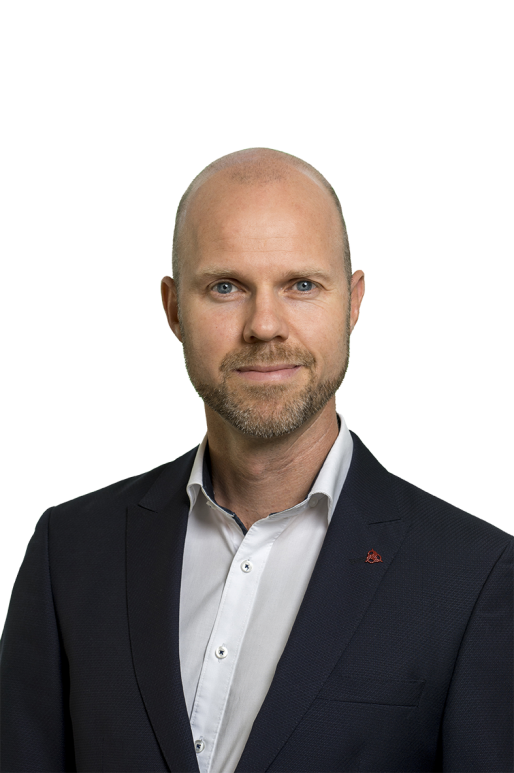
More info
Close collaboration
Floor Spaargaren, shipbuilding engineer and project manager at MARIN, comments: “Of course, every institute contributes its own specific knowledge. At MARIN, we look at the technical feasibility of vessels and offshore structures, and then focus on how to make them installable so that they do not pose any risks to shipping and are able to last in rough offshore conditions.” “Yet”, she says, “the challenges were more often beyond the institute-specific know-how.” “If you want to evaluate a seaweed farm, for example, you have to consider ecological aspects. That is where we really appreciate collaborations with other parties such as Deltares, which knows all about underwater nutrient flows.”
Given the intrinsic interdisciplinary character, the project was highly dependent on collaborations. Several workshops were also held, not only with project partners but also with other key parties, from environmental NGOs to government representatives, innovators and startups.
Roadmap
This multifunctional approach or “symbiosis” focuses on the Roadmap for technological advancements needed for Symbiosis Inclusive Design in offshore wind (Road2SID) research project that is coordinated by Deltares. The aim was to draw up a roadmap of the technological and administrative developments needed to combine wind farms producing 22 gigawatts with other uses by 2030, in anticipation of the target of 70 gigawatts by 2050. Other participants were offshore installation companies Boskalis, Van Oord and Seaway7, energy companies Shell and RWE, and the grid operator TenneT.
The roadmap created distinguishes three categories of North Sea “users”: energy, food and nature, and makes recommendations such as clarifying and simplifying conditions for procurement (energy), promoting pilot projects (food), and incentivising open data, for example for ecological monitoring (nature). Jan Willem Wagenaar, TNO project manager, thought the multidisciplinary project was “very complex and ambitious”. “It is quite unique that offshore wind farms are viewed from such a broad perspective. However, it is wise to broaden your gaze.”
“The Dutch perspective on usage of the North Sea has tilted in recent years,” says Antonios Emmanouil, researcher and adviser in the area of hydrodynamics and offshore technology at Deltares. “When the first wind farms were constructed in the North Sea, the fishing industry was compensated so that they could use that space exclusively.” After all, the dragnets could easily damage electricity cables on the seabed, so a spatial separation of users seemed inevitable, he adds.
Seaweed as food
Now that the energy transition is gaining momentum, it is clear that a large portion of the Dutch part of the North Sea will be taken up by wind farms. “So, there is space for a new paradigm,” says Emmanouil. The big question is: how can we, alongside the wind turbines, make space for other uses of the North Sea? This could include other forms of fishing, the cultivation of seaweed as food, or new forms of energy generation: floating solar panels, or tidal and wave energy. Or it could include space for the restoration of nature itself, which is already under considerable pressure.




A roadmap for multifunctional use in the North Sea
Create a MARIN account to stay updated

The number of wind turbines in the North Sea is growing rapidly, which is good news for the energy transition, but the North Sea is already pretty full. Shipping, fishing and the extraction of fossil fuels are also taking place there, and new users are already emerging - from floating solar parks to hydrogen production. MARIN, Deltares and TNO, together with interested parties, researched multifunctional usage, such as how they can make offshore wind farms suitable for several users.
Report
